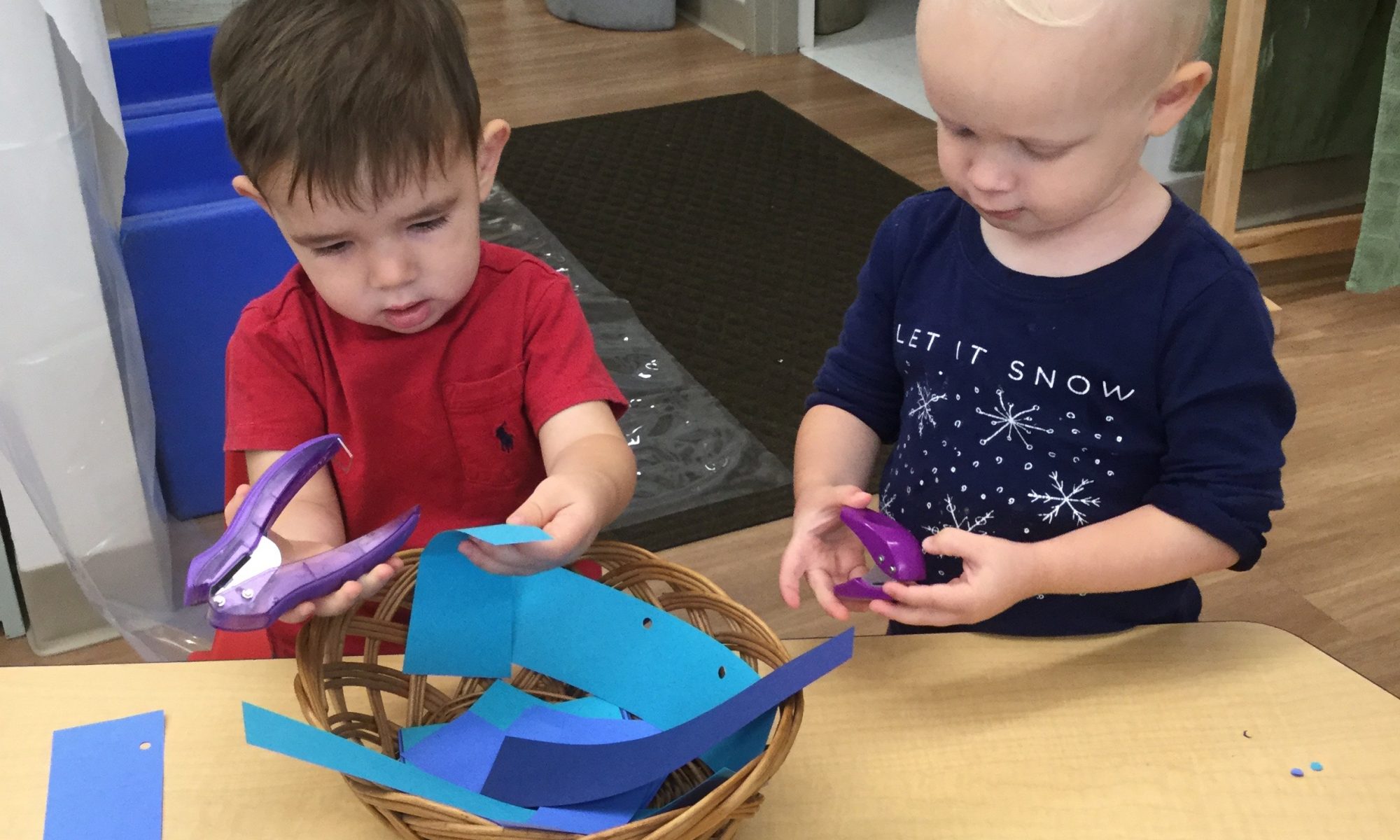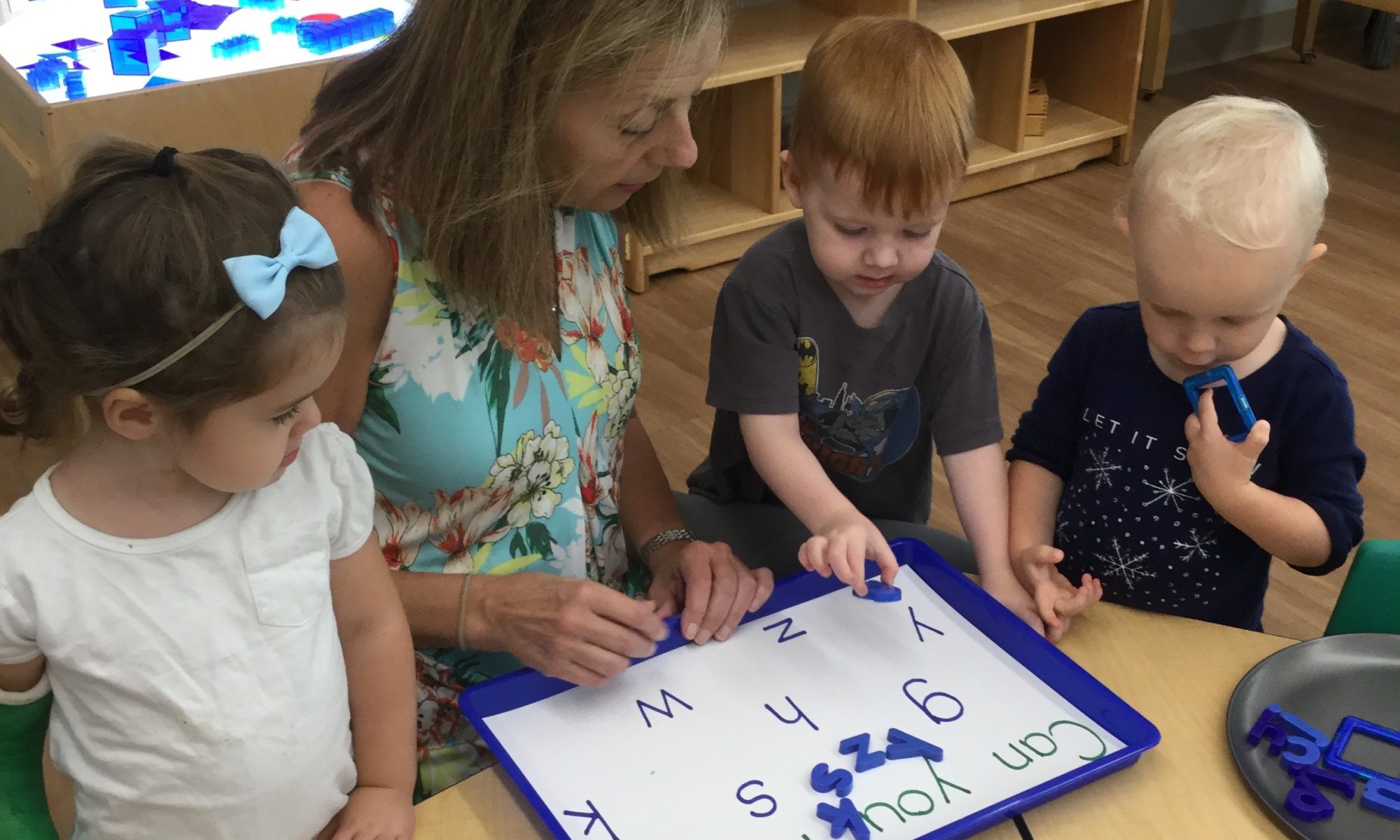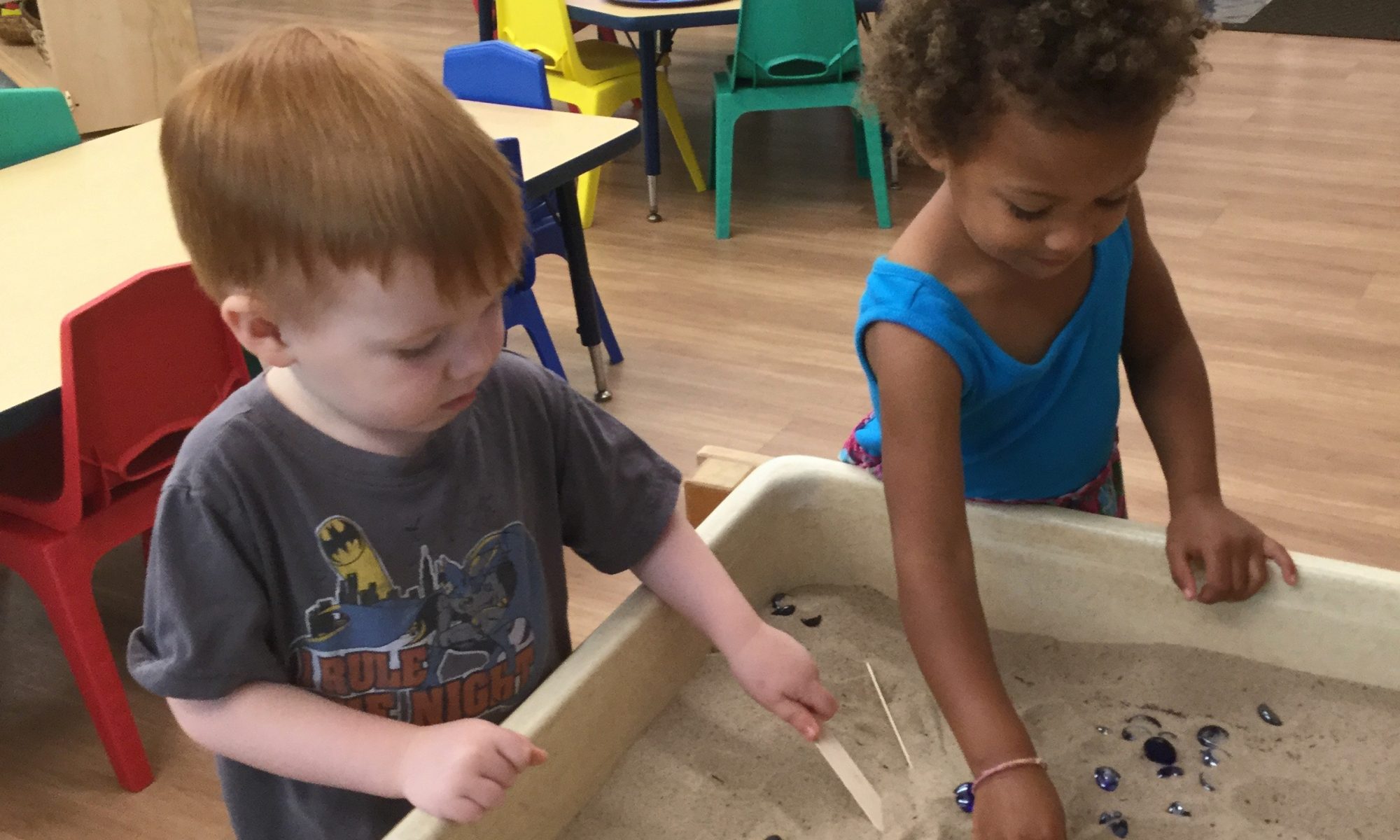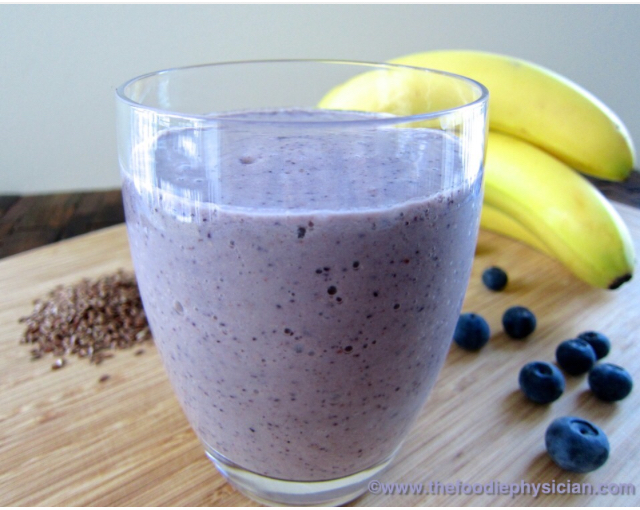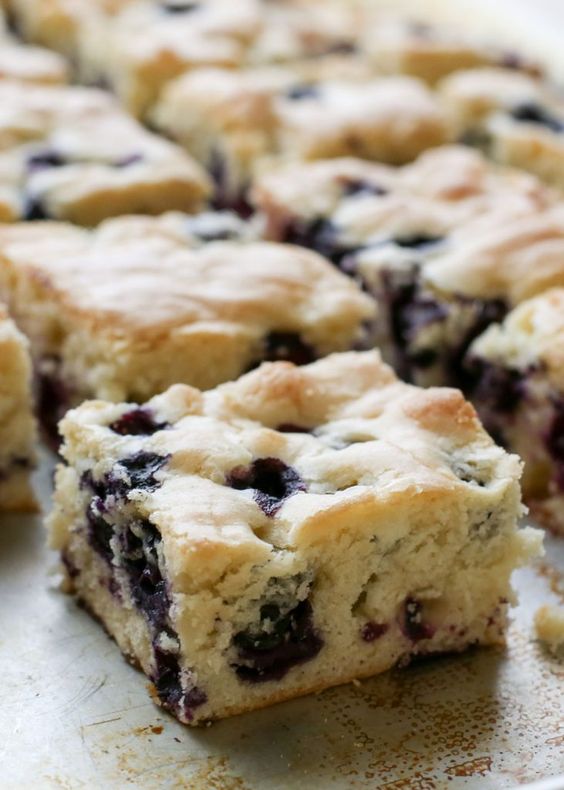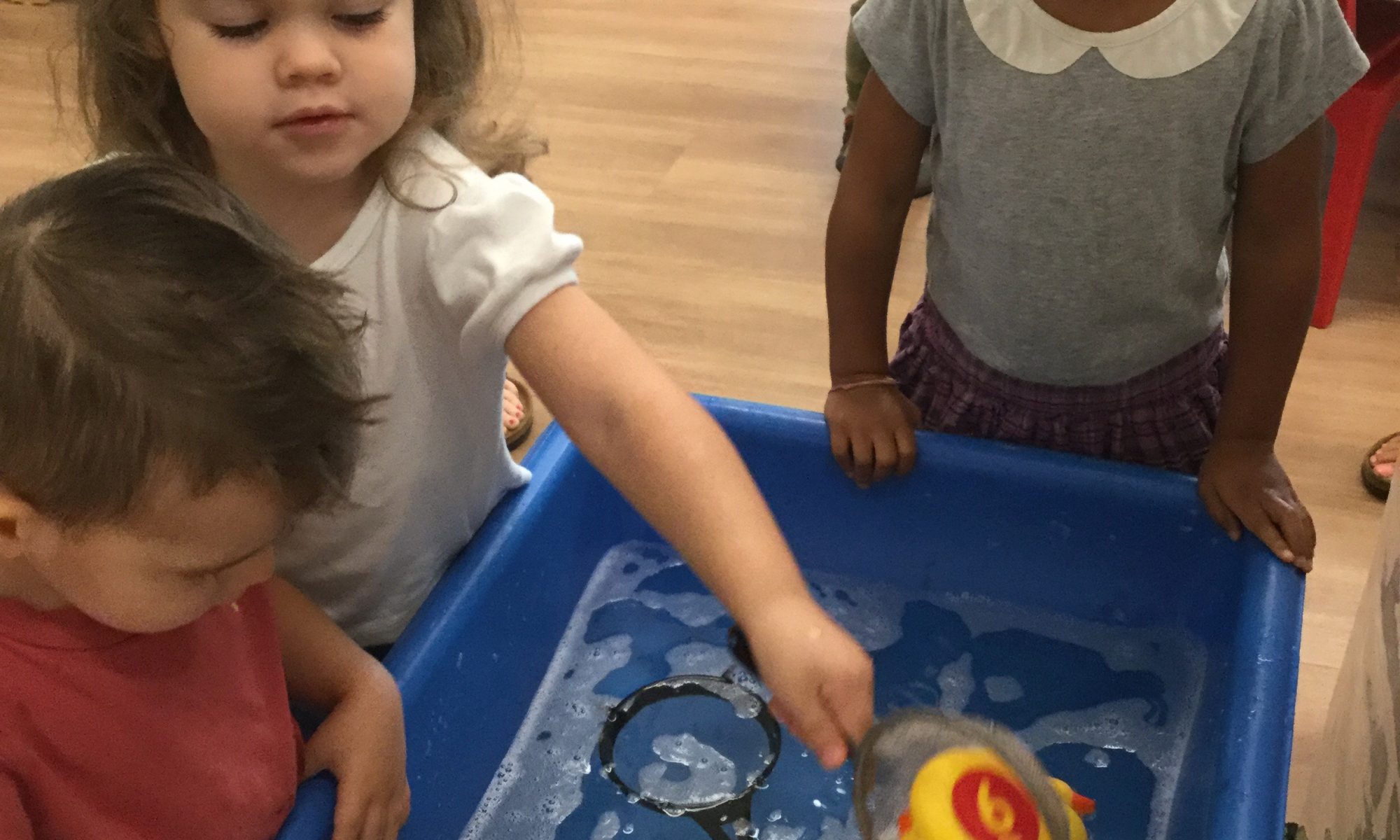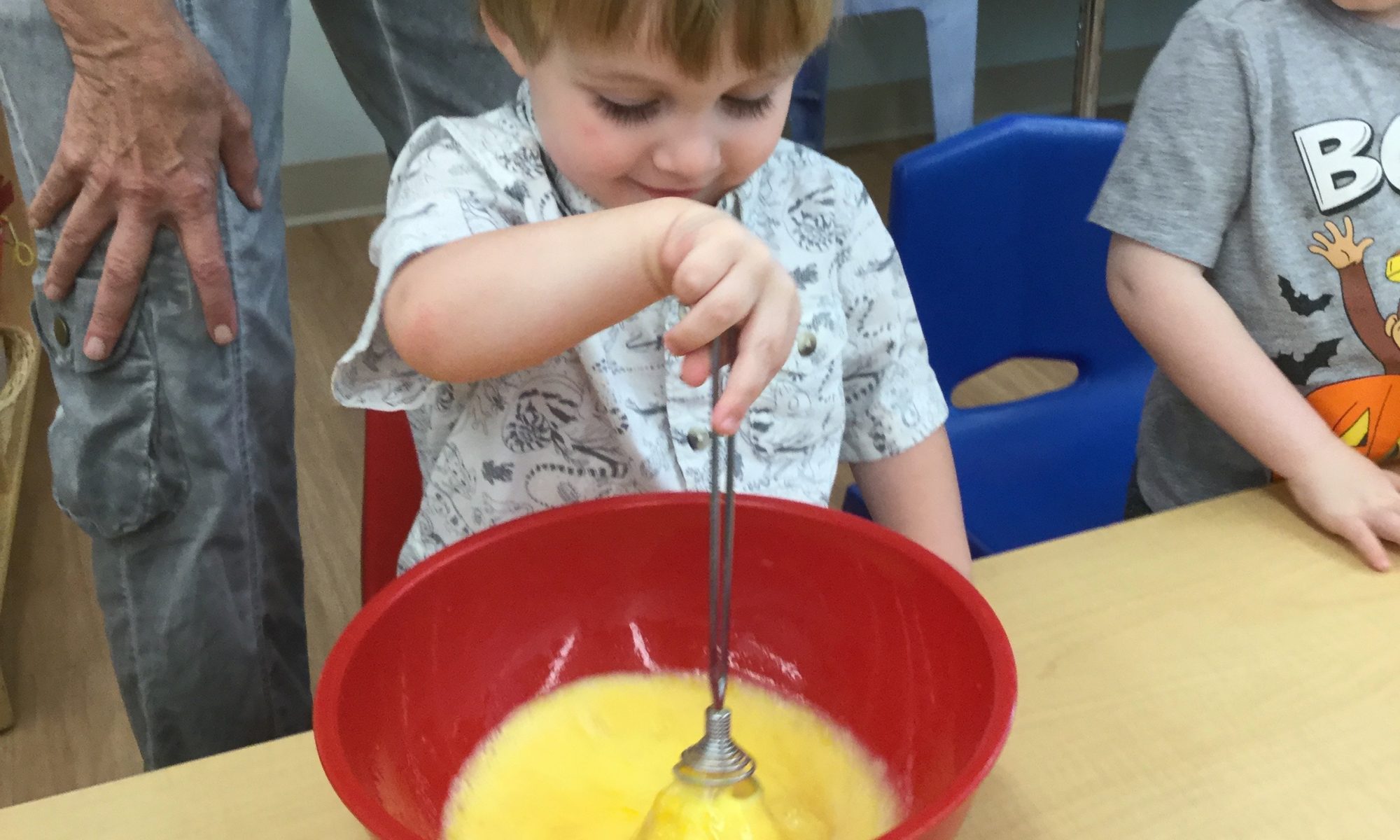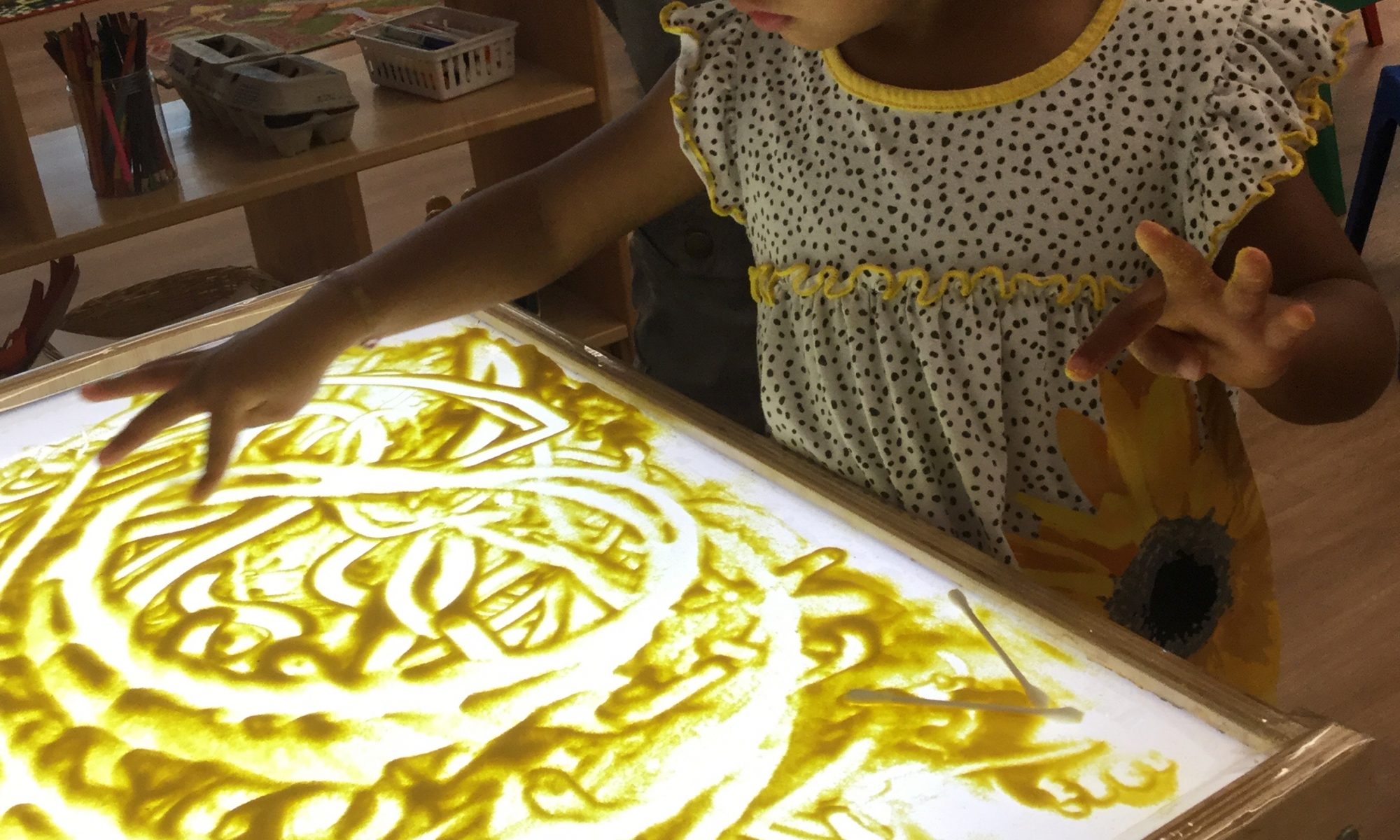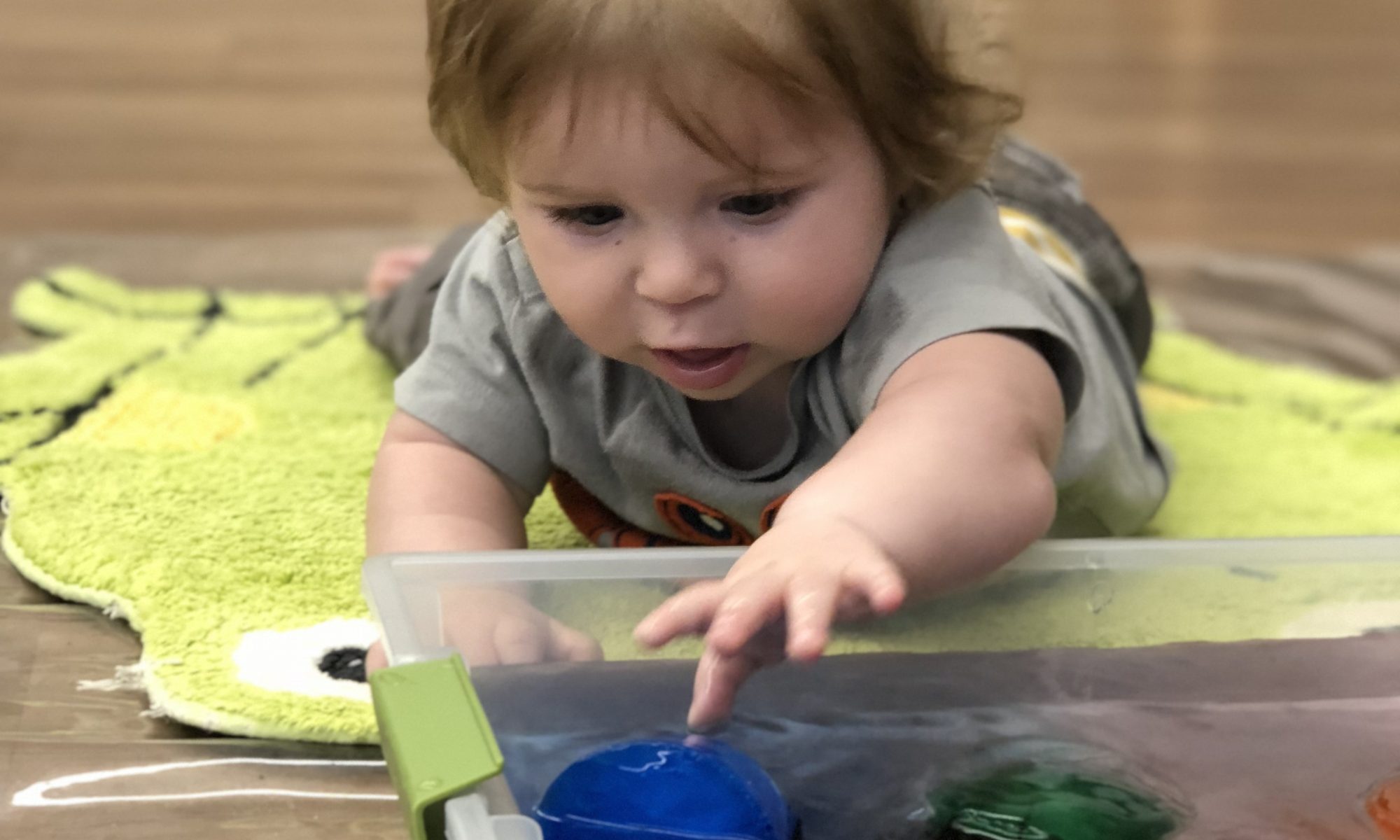Materials
Strips of construction paper
Easy-to-squeeze paper punch (under $2 at Walmart)
Directions
Cut a few strips of paper into various lengths. Demonstrate how to insert the paper into the punch and squeeze it a few times, revealing the holes you made. Your toddler will want to try it, and may need help holding the paper and squeezing the punch at the same time. (Walmart also sells a small punch that can sit on a flat surface and can be pushed down with two fingers.)
This is a wonderful activity to help strengthen the small muscles in the hands that are vital for writing, buttoning, fastening, and zipping later on. Once your toddler gets the idea, he’ll be making hole-punched paper strips for everyone in the family!

